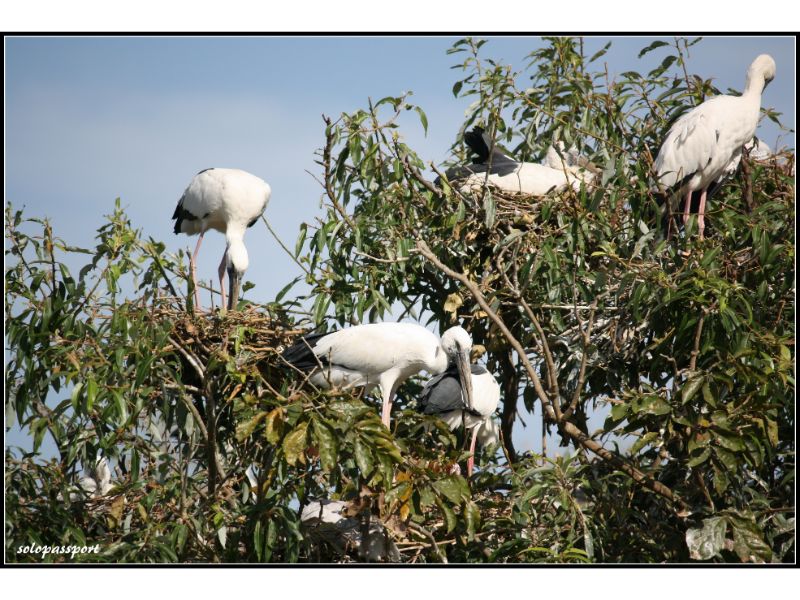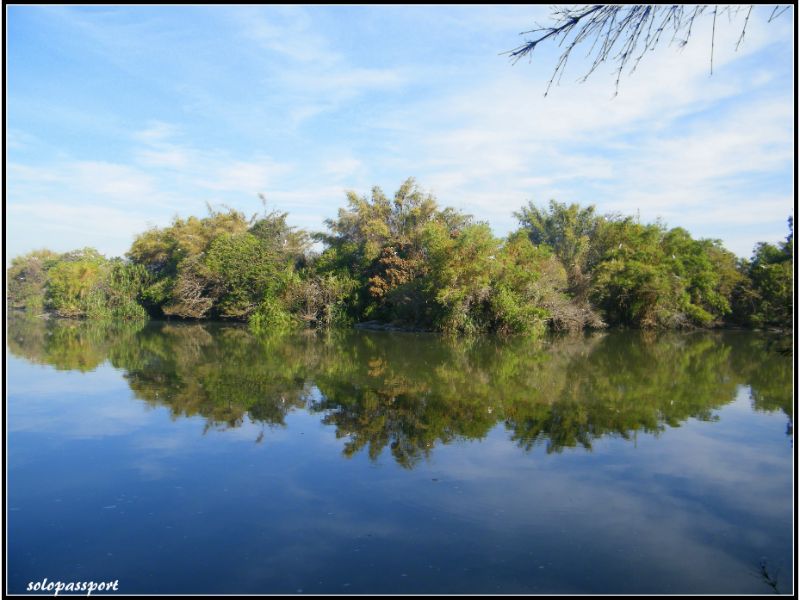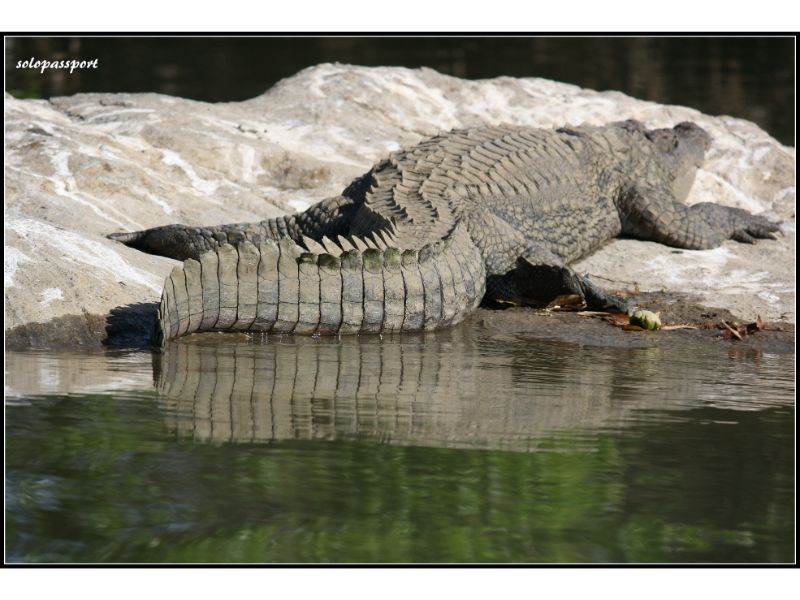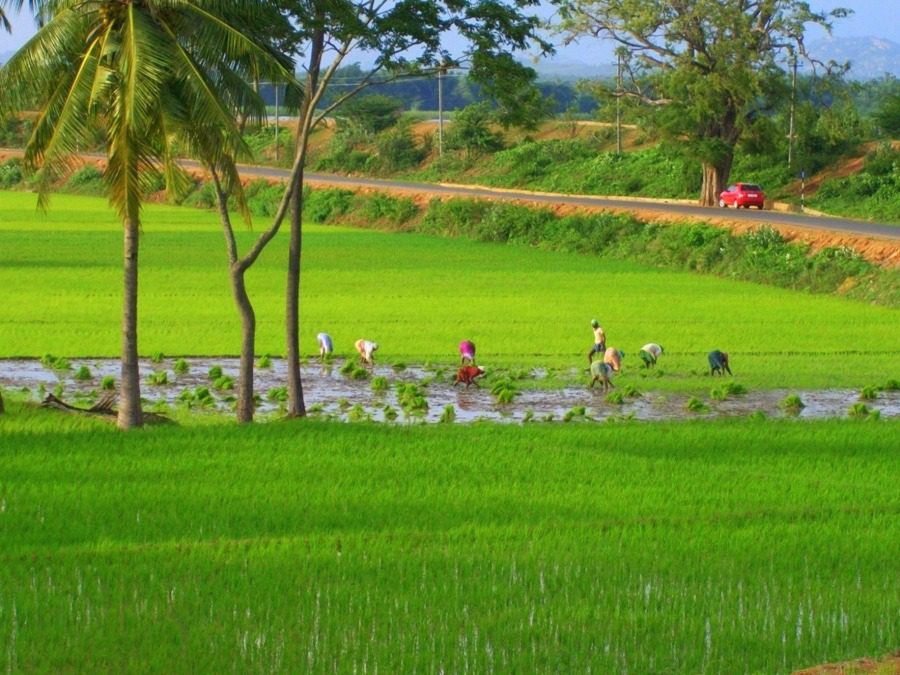5 Birds to Spot at Ranganatittu Bird Sanctuary (2024)
Nestled on the banks of the serene Cauvery River, Ranganatittu Bird Sanctuary is a testament to the harmonious coexistence of diverse avian species. This avian haven is located near the cultural hub of Mysore. I have enjoyed exploring this paradise numerous times, and every visit has left me in awe of the diverse bird species I have encountered.
Explore the enchanting world of Ranganatittu Bird Sanctuary, a haven for photographers and bird enthusiasts! This picturesque sanctuary offers boundless opportunities to capture the vibrant hues of migratory and local birds against its scenic backdrop. In this article, we’ll delve into the top five avian wonders that grace the landscapes of Ranganatittu Wildlife Sanctuary. Additionally, discover why Ranganatittu makes for an incredible day trip from the bustling city of Bangalore. Get ready to embark on a visual journey through the lens of nature’s beauty at this photographer’s paradise!

Page Contents
PIN for later reference – Ranganatittu Bird Sanctuary
This article may contain affiliate links, meaning if you decide to purchase via my links, I may earn a commission at no additional cost to you. For complete information, please see our affiliate disclaimer here.
Where is the Ranganatittu Bird Sanctuary?
Situated in the Mandya district of Karnataka, Ranganatittu Bird Sanctuary proudly holds the title of the state’s largest avian sanctuary. Encompassing a sprawling 40 acres of land and embracing six islets along the scenic banks of the River Cauveri, this sanctuary earned its prestigious status in 1940, bestowed by the King of Mysore.
In 2014, the sanctuary and its surrounding area were designated an eco-sensitive zone, underlining its significance in preserving the region’s ecological balance. Currently, under the vigilant care of the Karnataka Forest Department, Ranganatittu stands as a protected sanctuary, ensuring the conservation of its diverse avian inhabitants.

While the sanctuary welcomes visitors year-round, the optimal time to experience its avian spectacle is between September and April. During these months, Ranganatittu transforms into a vibrant tapestry adorned with abundant migratory birds, creating a captivating spectacle for bird enthusiasts and nature lovers alike. Immerse yourself in the sanctuary’s natural wonders during this period and witness the vibrant symphony of avian life in its full glory.
How to Get to Ranganatittu Bird Sanctuary?
By Road
The most convenient mode of reaching Ranganatittu Bird Sanctuary is driving or riding, approximately 130 kilometres from Bangalore city. The journey takes approximately 2 hours and 45 minutes via the straightforward Mysore Road.
For those coming from Mysore, the nearest city, the sanctuary is merely 20 kilometres away. Additionally, Srirangapattana stands as the closest town to this avian haven.
By Public Transport
Accessing Ranganatittu Bird Sanctuary is made convenient through public transportation. Regular train services connect Bangalore (Majestic train station) with Srirangapattana. Upon reaching Srirangapattana (bus stop at Ranganatha temple), one can seamlessly transfer to a bus destined for Ranganatittu. The train journey from Bangalore to Srirangapattana spans 2 hours and 20 minutes, while the subsequent bus ride takes 11 minutes.
- For hassle-free travel, train tickets can be effortlessly booked through the IRCTC website.
Entrance Ticket and Boat Safari
Operating daily from 8:30 AM to 5:30 PM, Ranganatittu Bird Sanctuary welcomes visitors with an entrance fee of INR 50 for Indian nationals and INR 300 for foreign nationals.
The highlight of the sanctuary experience is the captivating boat safari, available at an additional cost. Visitors can choose a private boat or share the experience with fellow visitors. The shared boat ride is priced at INR 70 for Indian nationals and INR 300 for foreign nationals. Additionally, camera usage incurs an extra charge.
It’s essential to note that the mentioned prices may be subject to change, and the latest information on entrance fees and additional charges can be obtained at the sanctuary’s entrance. Stay informed for an updated and seamless experience during your visit.
5 Birds to Spot at Ranganatittu Bird Sanctuary
The petite islands within the sanctuary serve as ideal nesting grounds for migratory birds. Over the years, a remarkable count of approximately 180 bird species has been documented. Common sightings among the diverse avian population include Egrets, Herons, Cormorants, and others.
For comprehensive information on the rich avifauna residing in Ranganatittu Bird Sanctuary, the eBird website is the ultimate resource. Explore this platform to delve into the intricate details and discover the fascinating array of bird species thriving in this natural haven.
Painted Storks
The standout among the inland migratory birds at Ranganatittu is the Painted Stork. Flourishing in the wetlands, these majestic birds boast distinctive pink feathers and elongated yellow bills. Typically observed nesting in colonies, they prefer shallow waters along the rivers and lakes within the sanctuary.
Painted Storks showcase a diverse diet, feeding on small fish, reptiles, and insects. Witness the elegance of these avian inhabitants as they contribute to the vibrant tapestry of Ranganatittu’s natural ecosystem.

Black Crowned Night Heron
The Black Crowned Night Heron, commonly known as the Night Heron, is a medium-sized bird inhabiting Ranganatittu. These herons strategically nest in groves of trees on islands, minimizing exposure to predators.
With a diet predominantly comprising fish and other aquatic creatures like frogs, tadpoles, and lizards, the Night Heron is known for its nocturnal hunting habits, preferring the cover of darkness during nights and early mornings. Witness the fascinating behaviour of these birds as they contribute to the diverse avian population of Ranganatittu Bird Sanctuary.

Asian Openbill Stork
Renowned for their white to grey bodies and distinctive black wings, the Asian openbill storks are notable migratory birds. These avian wonders undertake an annual migration journey between India’s northern and southern regions. The moniker “Openbill” originates from the unique bill structure, featuring a noticeable gap between the upper and lower bills.
Asian Openbill Storks primarily sustain themselves by feeding on snails, showcasing their migratory prowess and specialized dietary preferences. Witness these storks’ elegant flight and feeding habits as they contribute to the dynamic avian landscape of Ranganatittu Bird Sanctuary.

Little Egrets
The Little Egret, a petite white bird distinguished by dark grey legs, graces the wetlands around Ranganatittu. With a penchant for dining on small fish, prawns, shrimps, and crabs, these elegant birds frequent areas adjacent to rivers and lakes.
Engage in observing the graceful presence of the Little Egret as it engages in its natural habitat, contributing to the vibrant avian mosaic of Ranganatittu Bird Sanctuary.

Snakebird
Like Anhinga or Darters, snakebirds inhabit warmer regions as adept water birds. Their distinctive name, “Snakebirds,” stems from their long, snakelike necks. Noteworthy for their diving capabilities, these birds can plunge to depths of up to 60 feet, showcasing remarkable underwater agility.
Remarkably, Snakebirds can hold their breath for more than a minute, adding to the fascinating behaviours exhibited by these unique avian inhabitants.
Bonus spotting: Crocodiles
While the sanctuary is primarily known for its avian residents, it also shelters a population of mugger or marsh crocodiles. These freshwater crocodiles can be spotted basking on the rocks throughout the sanctuary.
Exercise caution when embarking on a boat ride by ensuring your hands remain inside the boat. It’s essential to be mindful of the potential danger posed by mugger crocodiles, as they are known to be hazardous and can threaten humans. Appreciate the diverse wildlife from a safe distance during your visit to Ranganatittu Bird Sanctuary.

Other Places Around Ranganatittu Bird Sanctuary
Kokkarebelluru
Named after the prominent Painted Storks, Kokkarebelluru is a village situated in the Mandya district near Ranganatittu Bird Sanctuary. This village is a significant nesting ground for a substantial population of Painted Storks annually.
The distance separating Kokkarebelluru and Ranganatittu is a mere 25 kilometres, making it a convenient and accessible location for witnessing the thriving avian activity in this region.

Balmuri and Yedamuri falls
Balmuri (on the right) and Yedamuri (on the left) are charming man-made waterfalls along a small dam. Nestled in a scenic setting, these falls offer an ideal spot for a delightful picnic by the water. Positioned where the River Cauveri gracefully flows over a rocky bed, the area provides picturesque views of the surroundings.
Exercise caution when considering getting into the water, especially at low levels. Consult with residents to ensure safety before taking a dip. It’s crucial to avoid entering the water during the rainy season or when water levels are high. Additionally, for a safe and enjoyable experience, ensure you possess swimming skills before venturing into the water.
Shivanasamudra Falls
Shivanasamudra Falls, located on the Kaveri River, is a breathtaking natural spectacle. Comprising twin waterfalls, Gaganachukki and Bharachukki, it cascades amidst lush greenery, creating a mesmerizing panorama. Gaganachukki boasts a wide horsetail-shaped cascade, while Bharachukki showcases a more expansive, fan-shaped descent.
These falls not only offer a visual feast but also provide a serene escape into nature. A popular tourist destination, Shivanasamudra Falls is a testament to the raw beauty of Karnataka’s landscapes, drawing visitors with its thunderous roar and captivating views.

Chukkimane Homestay
Nestled in the serene Javanagahalli village, Chukkimane Homestay beckons nature enthusiasts with its idyllic location amidst verdant farms. An ideal haven for families and senior citizens, this property offers a tranquil environment. Whether you opt for a day visit or a weekend retreat, Chukkimane Homestay promises a relaxed escape, providing an immersive experience in the lap of nature.
Srirangapatna
Srirangapatna, an island town on the Cauvery River, holds historical significance as the de facto capital of warrior-king Tipu Sultan. The island has ancient temples, tombs, and historic monuments, including Tipu Sultan’s Summer Palace and Gumbaz Mausoleum, where he rests.
The town witnessed fierce battles during the Anglo-Mysore Wars, leaving remnants of colonial architecture. Dedicated to Lord Vishnu, the imposing Sriranganatha Swamy Temple adds to its cultural richness. With its blend of history, culture, and architectural marvels, Srirangapatna is a captivating destination for history enthusiasts and those seeking a glimpse into India’s past.

Melkote
Melkote, a quaint town in Karnataka, is steeped in history and spirituality. Nestled atop the rocky Yadavagiri hills, it boasts ancient temples and cultural heritage. The town’s centre is the Cheluvanarayana Swamy Temple, an architectural marvel.
Melkote also houses the Yoga-Narasimha Swamy Temple and the Academy of Sanskrit Research. Its sacred ponds, including the Kalyani, add to the town’s charm. A pilgrimage site for Vaishnavites, Melkote attracts devotees seeking spiritual solace. With its rich tapestry of tradition, art, and devotion, Melkote offers a serene retreat, transporting visitors to a bygone era of cultural grandeur.

Is Ranganatittu Bird Sanctuary Safe for Solo Female Travellers?
Ranganatittu Bird Sanctuary provides a secure environment for solo female travellers. As a popular and monitored tourist destination, it ensures a bustling and well-guarded atmosphere. While enjoying the sanctuary’s attractions, exercise caution regarding the wildlife, particularly the crocodiles. It’s essential to remain vigilant and aware of your surroundings, especially at night. By staying alert and adhering to safety guidelines, solo female travellers can relish the avian wonders at Ranganatittu while prioritizing their well-being.
Closing Notes
Exploring Ranganatittu Bird Sanctuary is a passion of mine, and I’ve had the pleasure of visiting three times already. This sanctuary’s array of birds and wildlife is breathtaking, offering endless opportunities to capture stunning photographs. It’s a place that never fails to amaze, allowing enthusiasts like me to document the incredible beauty of nature through countless pictures. Each visit brings new cherished moments, making Ranganatittu a perpetual source of joy and inspiration for anyone who loves avian wonders and the wild.
How can you support me?
You know how much I love coffee, so you can buy me a coffee – Buy me Coffee!
Or you can purchase from one of the below travel resources without any extra charge to you:
Travel Resources
Book your flight on Skyscanner.com or Trip.com
Reserve your accommodation on Stay22
Reserve your stay at a hostel on HostelWorld
Use RentalCars or DiscoverCars for hiring self-driven cars
Book your tours and travels or purchase tickets on Viator or GetYourGuide
For a universal SIM card, use DrimSim
Buy comprehensive travel insurance on SafetyWing and WorldNomads
If you liked this article and if it was helpful in your planning or travelling, do share, tweet, or pin this post.
Follow me on Instagram | Facebook | YouTube | Twitter | LinkedIn
Do you have a question? Do you want any suggestions and tips for travel, hikes, and scuba dives? Use the Subscription box below to sign up and get updates by email.


